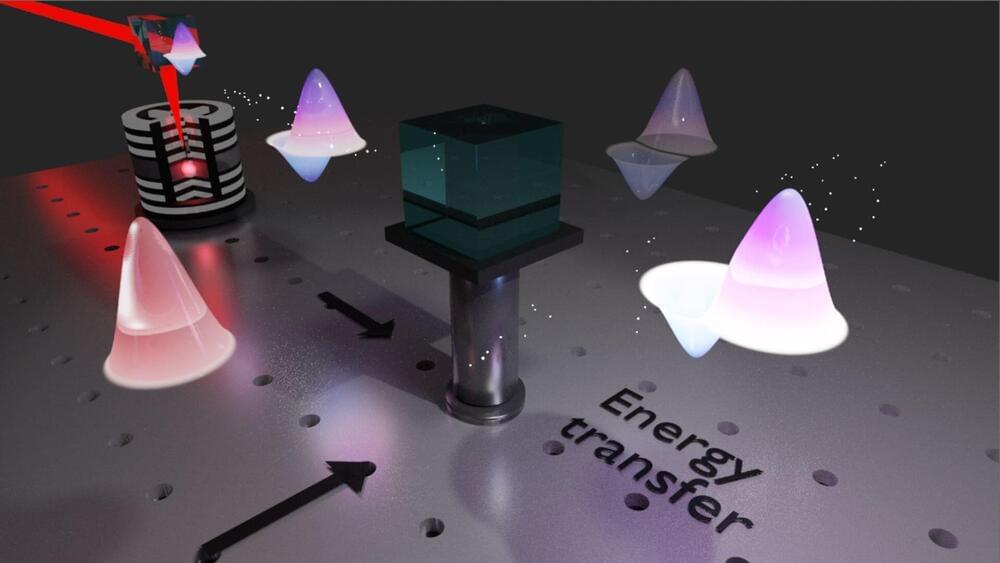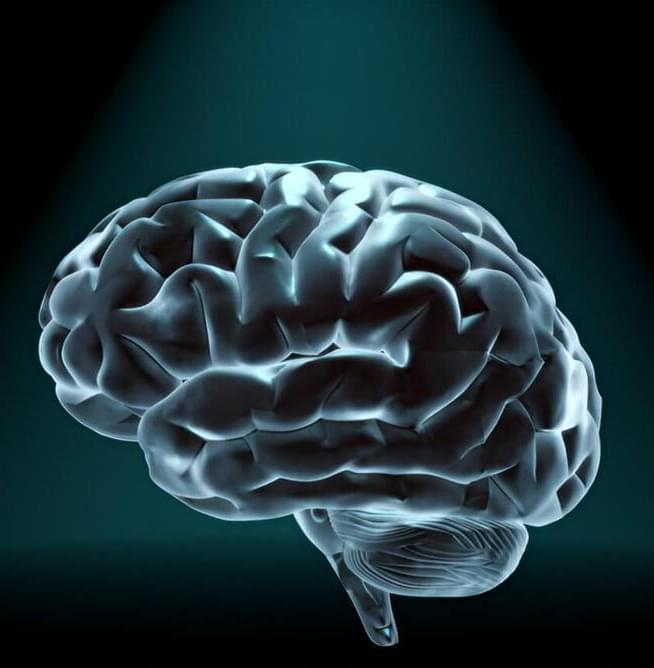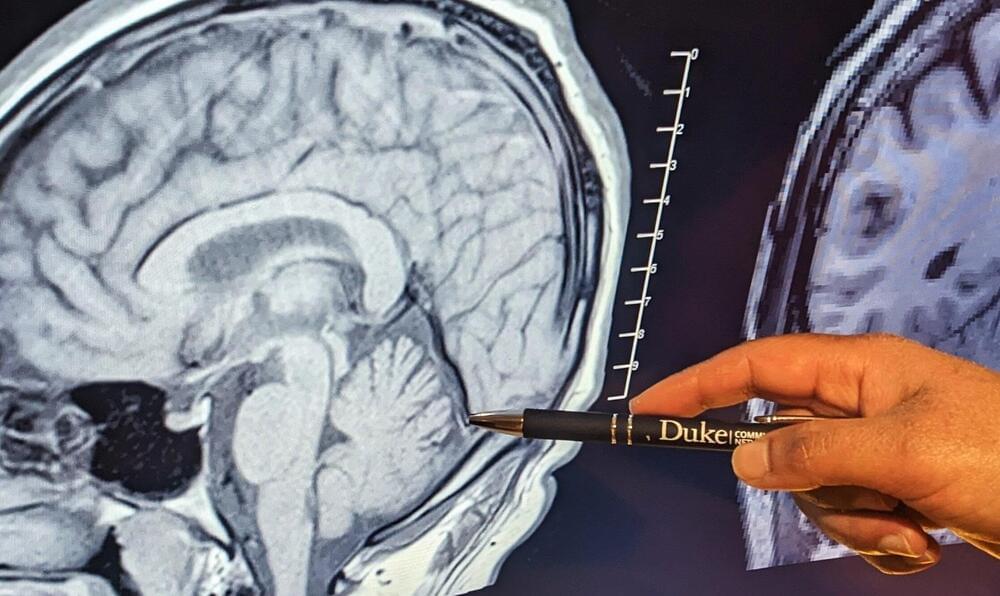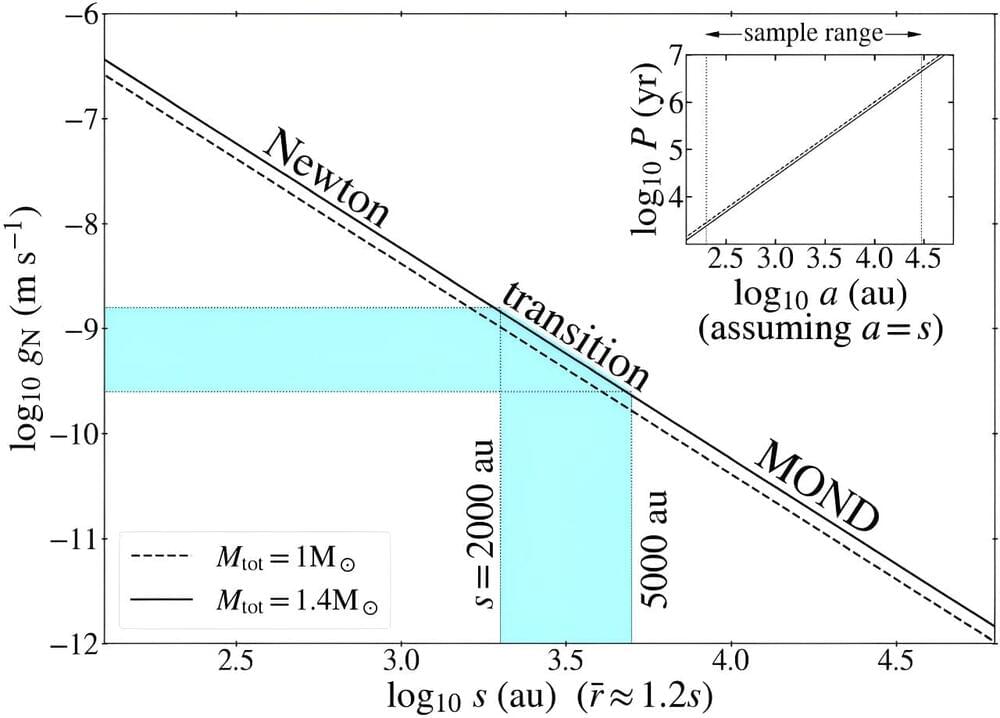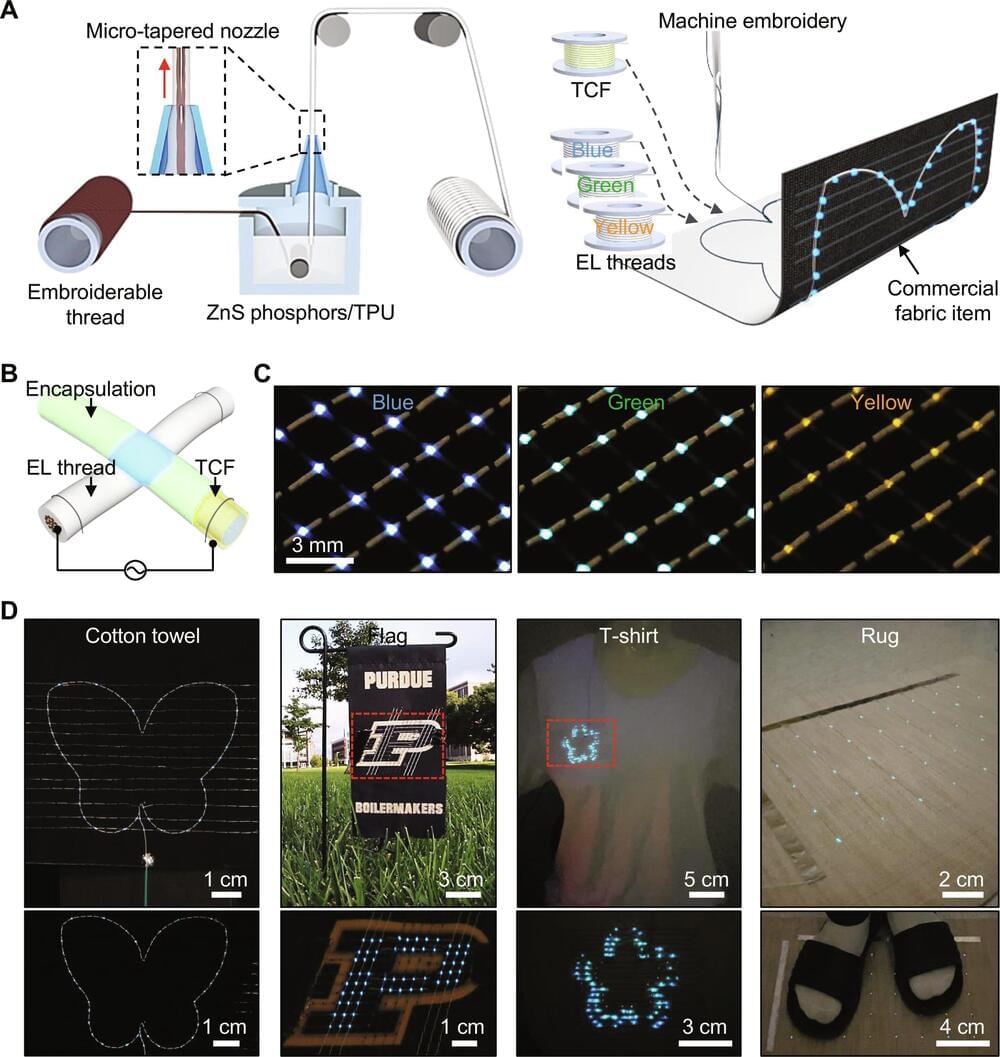A new study in Physical Review Letters illuminates the intricacies of energy exchanges within bipartite quantum systems, offering profound insights into quantum coherence, pure dephasing effects, and the potential impact on future quantum technologies.
In quantum systems, the behavior of particles and energy transfer are governed by probability distributions and wave functions, adding layers of complexity to the understanding of energy exchanges.
The exploration of energy exchanges in quantum systems inherently involves tackling the complexities arising from quantum decoherence and the scales at which quantum systems operate, introducing sensitivity.
